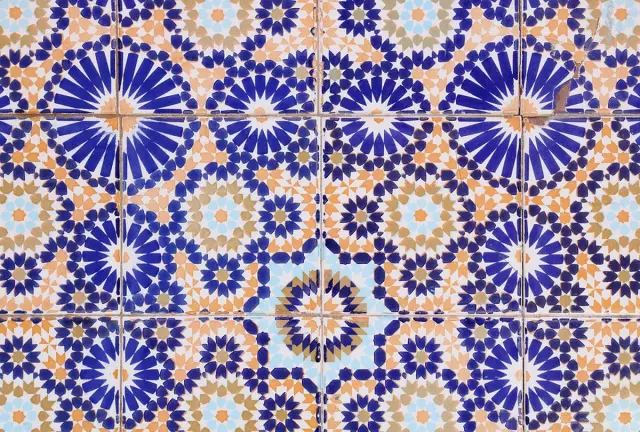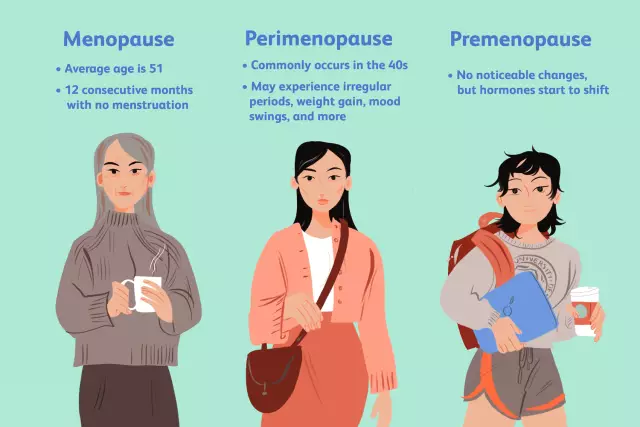- Author Curtis Blomfield [email protected].
- Public 2024-01-02 05:35.
- Last modified 2025-01-23 17:01.
The movement of blood through the vessels is a complex physiological process that provides nutrition to all organs and helps to ensure the constancy of the internal environment. Vessels are classified according to their size into orders: from the first order (the largest) to the second, third, and end with capillaries. The network of the latter permeates all organs and the skin, which contains them in large quantities.
Pathological vascular disorder
Environmental and internal factors have an effect on the movement of blood flow, which can manifest itself as impaired vascular patency due to aggregation of formed elements. One of these processes is stasis. This is a condition in which the patency of the microvasculature is disturbed or slowed down.

With manifestations of stasis, capillaries and venules dilate with the formation of homogeneous columns of erythrocytes, but hemolysis and blood clotting are not observed.
Staz is a reversible process accompanied by dystrophic changes in the nutrition of tissues and organs. Prolonged and persistent disruption of the supply of beneficial substances can lead to irreversible effects and causenecrosis.
Conditions for the occurrence and course of stasis
The process of stasis is the activation of proaggregants, cations and high molecular weight proteins. Proaggregants cause gluing, attachment to the walls of blood vessels and destruction of shaped elements with a complete change in them. These components include catecholamines, thromboxane A2.
Cations released from blood cells, blood vessels and tissues are absorbed by the intracellular membrane of formed elements, and their excess on it neutralizes their negative charge. The cations of these cells are mainly represented by K+, Na+, Ca+, Mg 2+.
High molecular weight proteins combine with negatively charged ions of the membrane by amino groups and neutralize them with their positive charge, creating conditions for the attachment of formed elements to the walls of blood vessels and sticking together. Proteins that potentiate formed elements are gamma globulins and fibrinogen.
Types of stasis
There are several types of stasis depending on the system where it occurs. But in the blood system, the pathological process is characterized by a violation in the arterial and venous blood supply.

Distinguish between primary, ischemic and congestive stasis.
- Primary stasis is the activation of proaggregants by blood cells and impaired patency in the lumen of blood vessels by them, which causes hypoxic starvation of a tissue or part of an organ.
- Ischemic stasis is a violation of the outflow or inflow of arterial blood due to the destruction of formed elements andmicrovessel obstruction.
- Congestive stasis or venous stasis occurs when the rheological properties of blood are disturbed and helps to slow down the outflow of blood from microvessels by closing the lumen of the vessels.
External causes of stasis
Among the external causes are the following:
- Stasis is formed as a result of plethora, which increases vascular permeability and causes aggregation and gluing of shaped elements.
- Intoxication with medicinal substances or endotoxins of microorganisms provokes the release of active substances.
- Exposure to physical factors such as cold, heat and noise exposure.
Blood clotting or hemostasis
Hemostasis is a physiological process that stops bleeding in violation of the integrity of the vessel at the local level. Its main function is to maintain the constancy of the internal environment of the body. According to the conditions and mechanisms, it is a complex biological system, in which uniform elements, the vascular wall, humoral mechanisms, plasma and tissue mechanisms of the blood coagulation system take part. Violation of the components of hemostasis leads to impaired blood clotting.

Let's consider a small example. Violation of the integrity of the skin leads to disruption of blood vessels and the appearance of bleeding. This leads to the formation of blood stasis in the wound due to the formation of fibrin strands. In this case, the main components of hemostasis are involved.
Collapsingthe blood system is reduced for several reasons, which may be due to acquired or hereditary factors. In the first case, the causes of hemostasis disorders are immune reactions under the influence of viruses and drugs, which causes a change in the antigenic structure of platelets. Also, exposure to ionizing radiation, disruption of the bone marrow and chemotherapy of tumor formations cause the development of thrombocytopenia. Increased permeability of the walls of blood vessels, disruption of collagen synthesis lead to increased bleeding.

An example of hereditary disorders is hemophilia, which is transmitted through the male line, and to compensate for it, it is necessary to replenish the missing protective factors in the body with the help of drugs.






